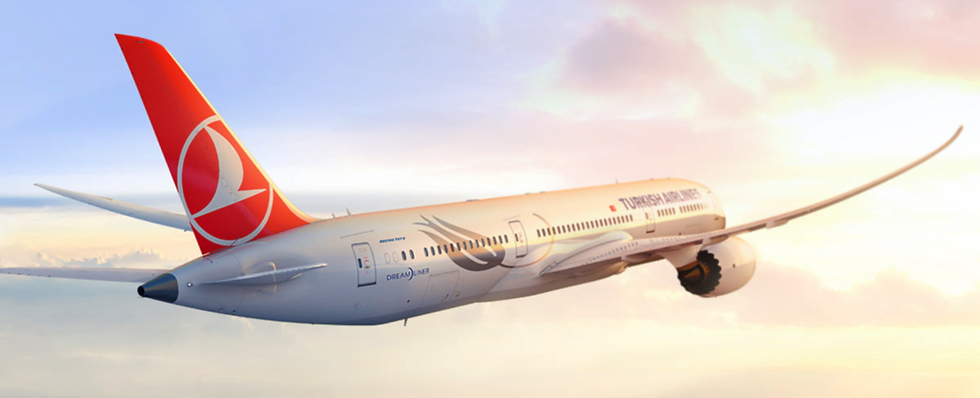Navigating FRM at Turkish Airlines
- FRM Info
- Mar 20, 2024
- 3 min read

Turkish Airlines stands as the world's largest mainline carrier in terms of passenger destinations, boasting a fleet of over 400 aircraft operating from its bustling hub in Istanbul. Known for its commitment to innovation and technology, Turkish Airlines collaborates with Jeppesen for crew management solutions, also with a particular focus on Fatigue Risk Management. In an exclusive interview, Senior Vice President, Corporate Safety Directorate Cpt. Ismail Ustaoglu, sheds light on the challenges faced by the airline and the ongoing efforts to improve FRM practices.

Turkish Airlines is undertaking a sizable operation. What are the primary challenges you face in managing crew fatigue?
- We attempt to be as comprehensive as possible, recognising it is not ONE single item that will 'fix' this multifaceted concern. One part is of course assisting crew with their responsibility of using their provided sleep opportunity best possible. We go about that by providing them initial and recurrent FRM training of course, but also feedback on fatigue reports and by providing overall statistics on how we are progressing over time. We also monitor our operation closely, looking for trends in several different safety performance indicators as quantified by a bio-mathematical model. We look at both leading and lagging indicators running both our planned and flown rosters through the model. We have fatigue risk quantified for all our planned and flown rosters, for all crew members, going back more than 5 years in time using the Jeppesen Concert solution.
How do you control fatigue risk when you build the rosters?
- That is done automatically in the planning optimizers where we have the model connected. Fatigue becomes just another aspect in our multi-objective planning problem, and we can control the emphasis we place on reducing risk in relation to other aspects. However, it is important to recognise that using a fatigue model is only one component in our approach. In addition we put great emphasis on fairly distributing activities between crew as well as separating them in time. Models are not perfect, why such mechanisms for distribution are important. Equally, recognising that people are different, and have different needs, is also important why we allow crew to influence their own rosters in various ways. This is then considered by the rostering optimizer and is, more or less, dealt with fully automatically. Producing rosters for more than 20,000 crew is nothing that can be done manually, of course.
I see. What are you working on presently to improve even further?
- Right now we are looking at roster stability. If crew, to a greater extent, can trust the time off they see in the published upcoming roster, we believe we can reduce stress and allow for better planning of their life beside work. We are also investigating using the new Concert metric called Spare Time Survival Ratio (STSR) which measures this in an easy digestible and transparent fashion. There is no silver bullet to measuring how stable a roster is, but with this metric now present we believe we can trend the development over time and compare between different fleets, crew bases and crew groups. Just like the name implies, STSR reflects how much of of the published spare time 'survived' day of operations, and by that also how much we 'disturb' personal life by, for example, calling crew out for duty on a planned day off.
Thank you, Captain Ustaoglu, for sharing insights into Turkish Airlines' approach to fatigue management and ongoing initiatives.



Comments